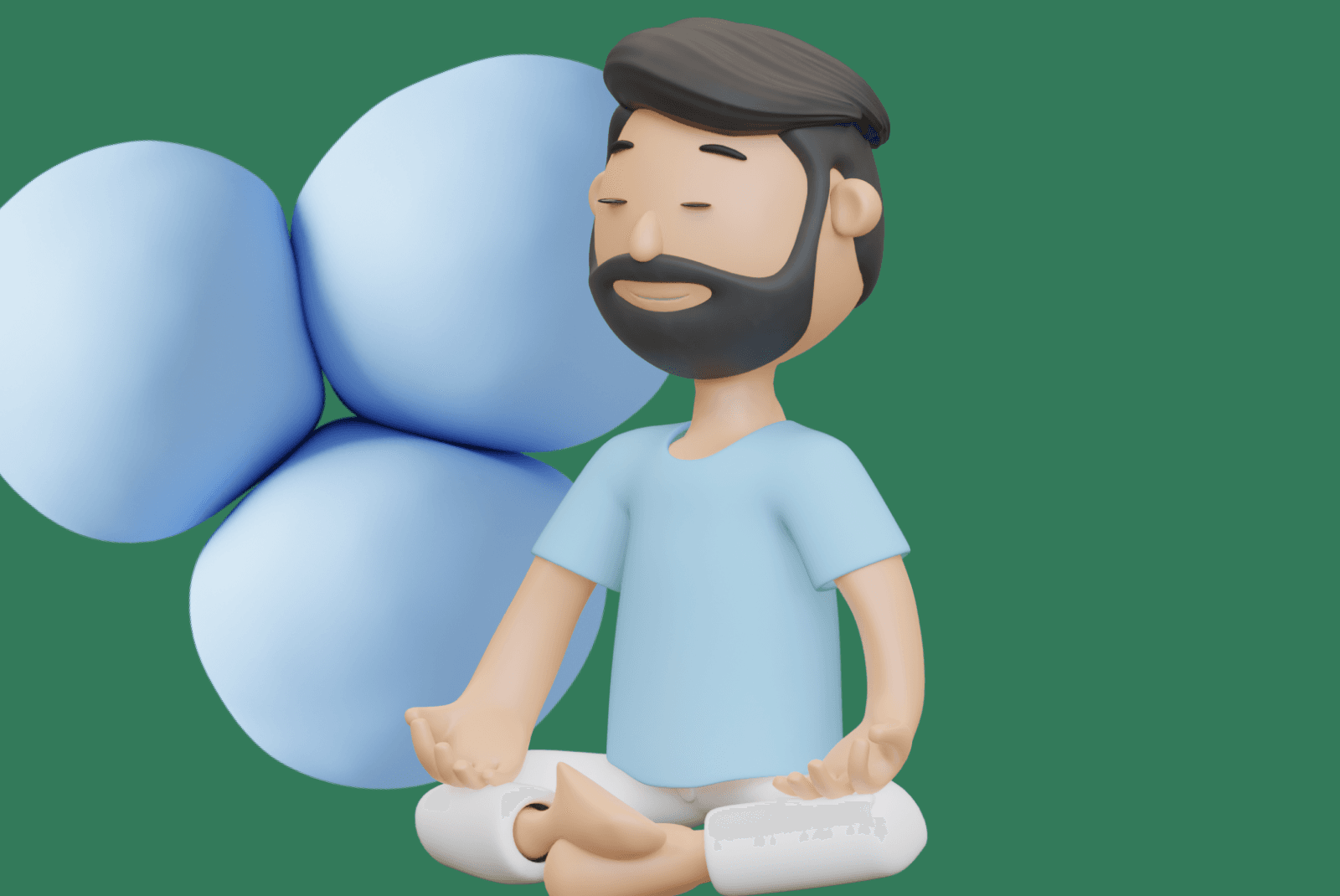The Power of Using Your Intuition to Make Decisions
Breathing is a necessity that a majority of individuals do without much thought. When you inhale, your blood cells get oxygenated; when you exhale, your blood cells release carbon dioxide. Improper breathing disrupts the exchange of oxygen and carbon dioxide in the body, often resulting in fatigue, stress, anxiety, and other emotional and physical disturbances.
What Is a Breathing Exercise?
Breathing exercise is any breathing technique that allows an individual to take in deeper inhalation and exhalation or otherwise alter the pattern, rhythm, or rate of breathing. Common stress-relieving breathing exercises you can learn on the VOS app are:
- Abdominal breathing
- Pursed-lip breathing
- Resonant breathing
Abdominal/ Diaphragmatic Breathing
The diaphragm is the main muscle that helps you breathe, and it is the muscle that separates your stomach from your chest cavity. The diaphragm is meant to do most work when you are breathing. However, this muscle does not function effectively for people suffering from COPD (chronic obstructive pulmonary disease). Training the diaphragm muscle to do “more work” using breathing exercises can help COPD patient improve their oxygen saturation, hematosis, ventilation, and tidal volume and decrease their breathing frequency.
To perform this exercise, breathe in through your nose and exhale via your mouth in a controlled way. Ensure your abdomen rises when you inhale and goes down when you exhale.
Pursed-Lip Breathing
Pursed-lip breathing helps you to take deep breaths more slowly and deliberately. This technique is all about breathing against resistance. When practicing it, you should inhale fast through your nose for two seconds, then exhale slowly through your nose while keeping your lips puckered.
Puckering your lips provides airflow resistance and keeps the airways open longer than if you exhaled too quickly. This breathing technique can also help individuals suffering from anxiety associated with lung conditions such as COPD and emphysema.
Resonant/ Coherent Breathing
Resonant breathing can help lower blood pressure, heart rate, and breathing and improve mood. This exercise focuses more on rhythmic breathing, so you don’t have to worry much if you can inhale or exhale through your mouth or nose.
When Should You Start Doing Breathing Exercises?
Breathing exercises can be performed at any time. You are recommended to practice the exercises when breathing normally, rather than trying them only when you experience shortness of breath. However, you should first consult with your doctor if you suffer from COPD, asthma, or other breathing conditions. \n



